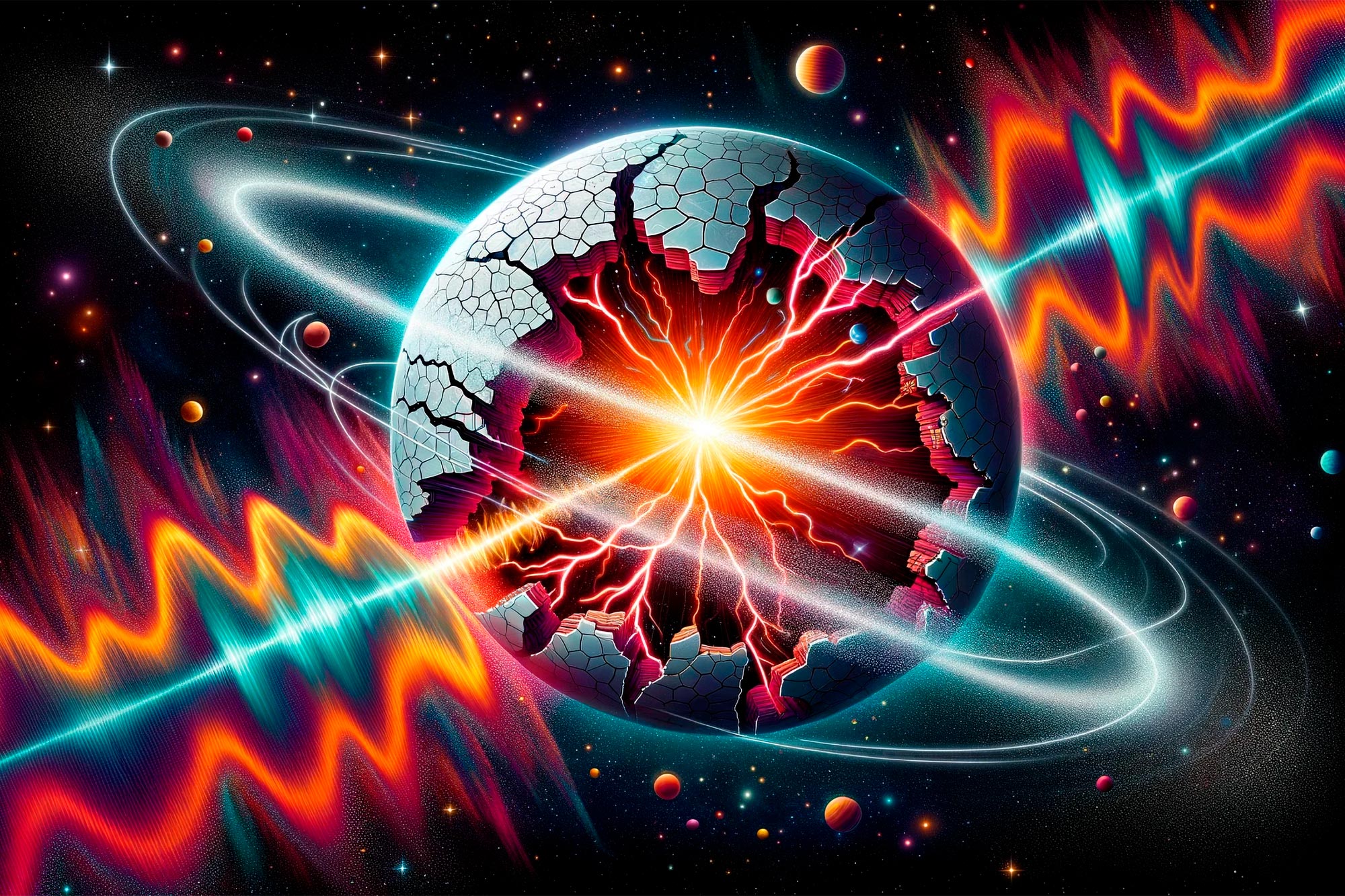Fast Radio Bursts and Earthquakes: New Insights
Fast radio bursts (FRBs), intense bursts of radio energy, have long been a perplexing enigma in the field of astronomy. Recent research conducted by the University of Tokyo has uncovered similarities between FRBs and earthquakes, suggesting that FRBs may be caused by “starquakes” on the surface of neutron stars. This groundbreaking discovery has the potential to reshape our understanding of earthquakes, high-density matter, and nuclear physics.
Linking FRBs to “Starquakes”
The University of Tokyo’s research has shed light on the connection between FRBs and “starquakes” on neutron stars. While the exact cause and origins of FRBs remain uncertain, previous studies have noted similarities in energy distribution between FRBs, earthquakes, and solar flares. However, this new research has found distinct differences between FRBs and solar flares, but significant similarities between FRBs and earthquakes. These findings support the hypothesis that FRBs are generated by starquakes on the surface of neutron stars. This breakthrough has the potential to deepen our understanding of earthquakes, high-density matter, and nuclear physics.
The research data for FRBs was collected from the Chinese Five-hundred-meter Aperture Spherical Telescope (FAST) in China, while the Arecibo Telescope in Puerto Rico also provided valuable data. Unfortunately, the Arecibo Telescope was damaged and decommissioned in 2020.
The Mysterious Nature of FRBs
Fast radio bursts are enigmatic bursts of energy that are invisible to the naked eye but can be detected through radio telescopes. They were first discovered in 2007 and can travel vast distances across space, although they typically last only a fraction of a second. It is estimated that thousands of FRBs occur daily if observed across the entire sky. While most detected bursts are one-off events, there are approximately 50 sources that emit repeated bursts of FRBs.
Exploring the Cause of FRBs
The cause of FRBs remains a mystery, with various theories proposed, including the possibility of extraterrestrial origins. However, the prevailing theory suggests that at least some FRBs are emitted by neutron stars. Neutron stars are formed when supergiant stars collapse, resulting in a superdense core with an extremely strong magnetic field known as a magnetar. These magnetars have been observed emitting FRBs.
Professor Tomonori Totani from the Department of Astronomy at the Graduate School of Science explains, “It was theoretically considered that the surface of a magnetar could be experiencing a starquake, an energy release similar to earthquakes on Earth. Recent observational advances allowed us to detect thousands more FRBs, prompting us to compare the significant statistical data available for FRBs with earthquake and solar flare data to explore potential similarities.”
Statistical Analysis and Findings
The research team conducted a comprehensive statistical analysis of FRBs, earthquakes, and solar flares. While previous studies focused on the distribution of wait times between successive FRB bursts, Totani and his team took into account correlations across bursts. By analyzing the time and emission energy of nearly 7,000 FRB bursts from three different sources, they found striking similarities between FRBs and earthquake data, but distinct differences between FRBs and solar flares.
Key findings include: First, the probability of an aftershock occurring for a single event is 10-50%. Second, the occurrence rate of aftershocks decreases over time in a power law fashion. Third, the aftershock rate remains constant even if the overall FRB activity (mean rate) changes significantly. Lastly, there is no correlation between the energies of the main shock and its aftershock.
This evidence strongly suggests the existence of a solid crust on the surface of neutron stars, with starquakes on these crusts releasing massive amounts of energy that appear as FRBs. The research team plans to continue analyzing new data on FRBs to confirm the universality of these findings.
Professor Totani concludes, “By studying starquakes on distant ultradense stars, which are entirely different environments from Earth, we may gain new insights into earthquakes. Neutron stars represent the densest regions in the universe, comparable to the interior of an atomic nucleus. Understanding starquakes on neutron stars could provide valuable insights into highly dense matter and the fundamental laws of nuclear physics.”
Reference: “Fast radio bursts trigger aftershocks resembling earthquakes, but not solar flares” by Tomonori Totani and Yuya Tsuzuki, 11 October 2023, Monthly Notices of the Royal Astronomical Society. DOI: 10.1093/mnras/stad2532


